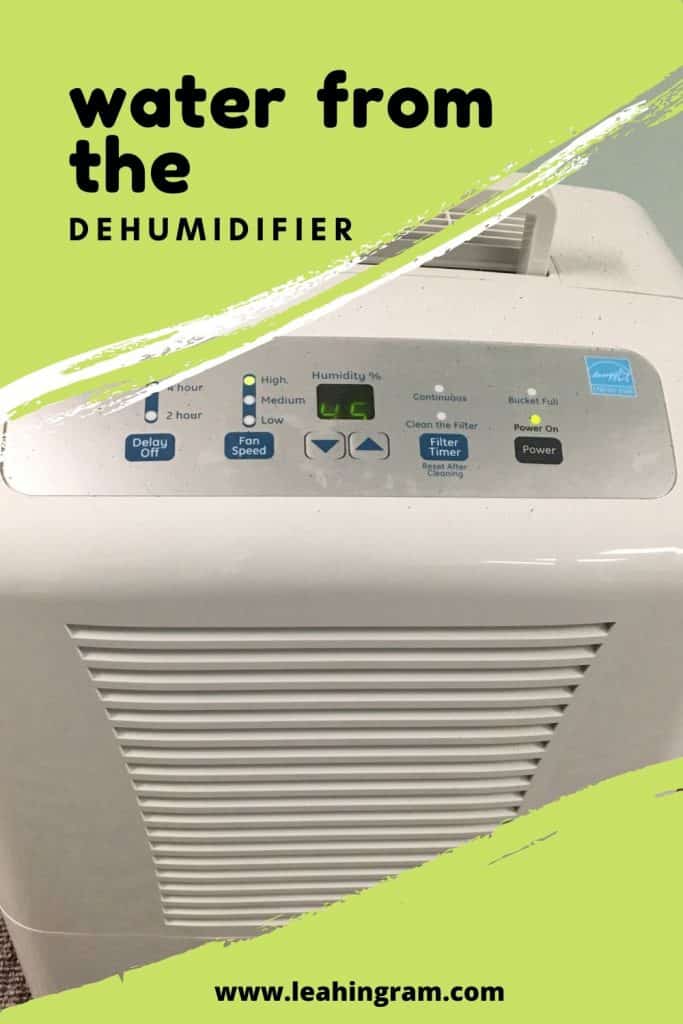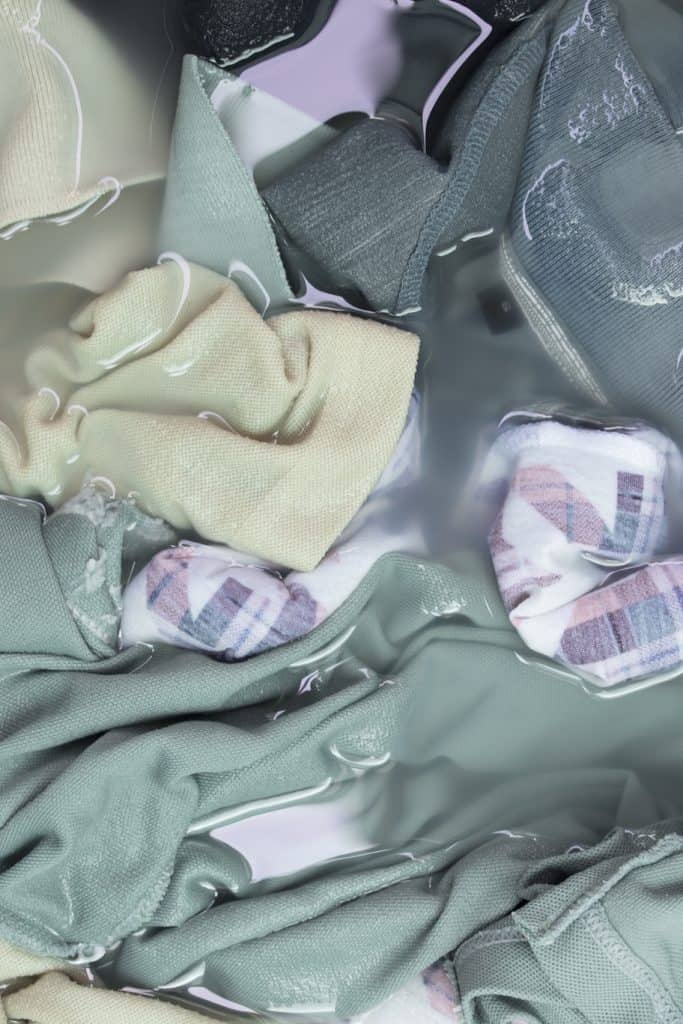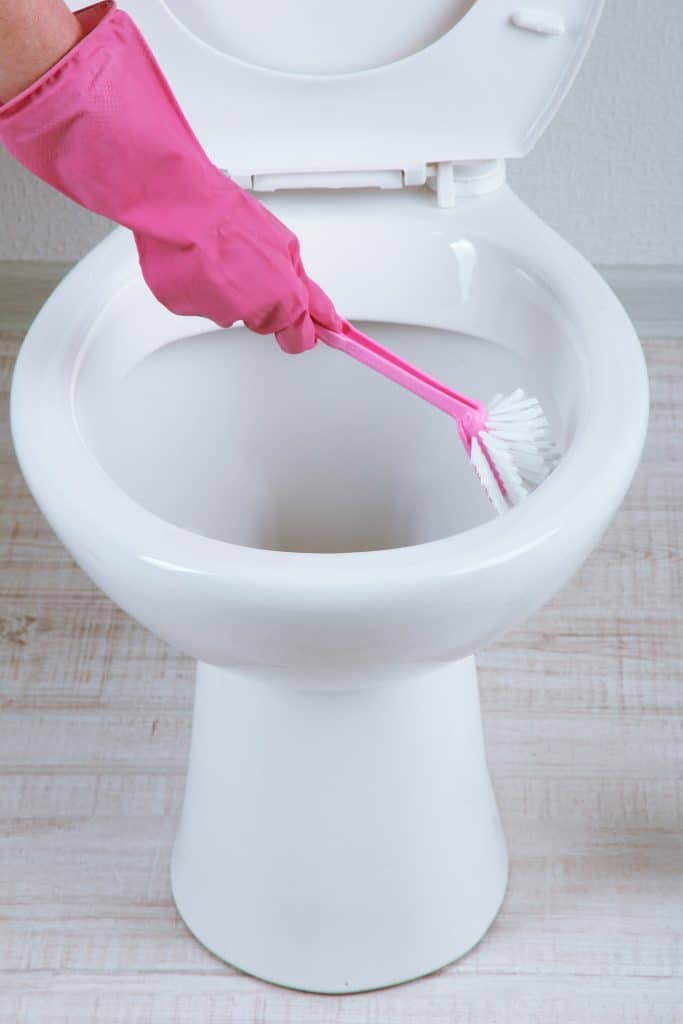Water from the Dehumidifier
Is the water from the dehumidifier close to overflowing? You’re likely not alone. Now that we are full on into summer, your dehumidifier may be working overtime.
Don’t have a dehumidifier yet? Looking to buy one?
Well, let me spend the first part of this blog post talking to you about dehumidifiers, what they do, where to put them and more. Then, I’ll answer some of the most common questions about dehumidifiers, such as “Can you drink water from the dehumidifier?”
After that, I’ll provide some ways to use the water from the dehumidifier to save you water overall.

Finally, I’ll give you some ideas on where you can rent a dehumidifier near you.
Why you get water from the dehumidifier
One of the reasons that you get water from the dehumidifier is that this appliance is designed to lower the humidity in your home or the area of your home where you put it. It DE-humidifies moist are in your basement, bathroom or wherever you decide to put it.
How do you know if you need a humidifier? If you have a musty smell, you notice mildew growing on the walls or an area of your home is just overall damp. Or, if you have a basement with a sump pump. Sump pump equals moisture. You definitely want a dehumidifier in a basement like that.
Where do you place a dehumidifier
One of the most popular places to put a humidifier is the basement. In every home where we’ve lived and there is a basement, we’ve had a dehumidifier running. In one house we had two because the home’s footprint was quite large. One dehumidifier wasn’t enough to get the humidity out of the basement air.
The only exception to our basement humidifier trend was the house with a walkout basement. The house was on a hill. Nearly three sides of the basement were above ground, if you will, with full size windows and a door. I guess that helped keep that basement drier and why we didn’t.
Desiccant dehumidifier
Save this article and we’ll send it to your inbox. Plus, we’ll send you more great links each week.
If your basement is really moist and a dehumidifier just isn’t keeping up, you can get something called a desiccant. This is basically a chemical dehumidifying agent.
You’ve probably seen products with the brand names like Damp Rid. In the one house we owned with a partial dirt basement, we would have Damp Rid containers in all of the unfinished areas of that basement. We needed that desiccant dehumidifier to complement the work our dehumidifier appliance was doing.
FYI, baking soda is a natural desiccant dehumidifier. One of the things it does is remove moisture. So, if you want to make homemade desiccant, if you will, just get a big ass box of baking soda the next time you hit up Costco, BJ’s, Sam’s Club or your favorite warehouse or wholesale club. Then, pour it out into containers and place around a moist area of your home.
Here is my blog post on Costco versus Boxed. (Hint: I like Costco best!)
Of course, you should keep any desiccant dehumidifier–chemical or baking soda–away from pets. While baking soda on its own around dogs or cats isn’t dangerous, it can cause serious problems if ingested.
How much water can a dehumidifier remove
The amount of water from the dehumidifier that ends up in the collection tank depends on a few things. First, how humid it is. Second, what humidity setting you have it set to. Third, if the humidifier is running constantly. And, finally, how often you’re emptying the tank.
Dehumidifiers come in all different sizes. That means their collection tanks do, too. Some can collect up to two gallons of water in a day. That’s the equivalent of two gigantic gallon jugs of milk but water, of course.
If you have a really moist area of your home, you should be checking the collection tank regularly. Why? Because once it fills up, the dehumidifier turns off. And, once it turns off, it defeats the purpose of even having a dehumidifier.
Another option is to get a dehumidifier with a draining tube or pump. This will save you from having to empty the water from the dehumidifier on a regular basis. My only issue with these draining tubes–which we’ve had–is this: how much of the humidity in the air that the dehumidifier pulled out is going back in the air with the water that is draining out.
What humidity setting should you use
Again, the answer to this question depends on how humid your home is. Or how humid your basement is, if that’s where you’ve put your dehumidifier.
For us we have the setting at 40% humidity in the summer. That pretty much has the appliance running all the time. In the winter, we’ll raise it to 60 or 70 percent, or turn it off all together. We live in a colder climate so there isn’t much humidity in winter anyway. Hello, static electricity!
Anyway, there is another reason you want to run a dehumidifier in summer. Less humid air feels cooler. So, if the dehumidifier can lower the humidity, your home will feel cooler and more comfortable.
What can you do with the water from the dehumidifier
Here’s something you definitely cannot do with the water from the dehumidifier–drink it. Every source I’ve read has said that the water is not potable or clean enough to drink. Even though dogs lick their butts, it’s not even clean enough to put in their water dish.
However, that doesn’t mean you have to dump the water down the drain. You can reuse water from the dehumidifier in a few creative ways.
Water your plants
Whenever we’ve been in a drought, I’ve tried hard to conserve water. One of the ways I do that is reusing the water from the dehumidifier to water my plants. Since I don’t have a rain barrel, this is a great way to ensure my plants stay alive when it isn’t raining.
Some people say that you shouldn’t use dehumidifier water for watering plants. However, I’ve never killed a garden by reusing the water this way.

Soak clothes in your washing machine
Even with high-efficiency washing machines using less water, it doesn’t hurt to use even less water by reusing what comes from the dehumidifier. I know that with my current top-loading high-efficiency washing machine, any water I dump in there will be spun out before the cycle starts.
So, there’s no water saving there. However, rather than use the soak cycle, I can soak clothes with this water if they need stain removal.

Flush or clean toilets
Yes, I admit that we often subscribe to the notion of “If it’s yellow, let it mellow. If it’s brown, flush it down.” That is, if you don’t have to flush the toilet every time you use it, don’t do it so you can save water.
However, if I’m cleaning toilets, I usually “flush” when I’m done scrubbing. Rather than use more water doing this, I can “rinse out” the toilet cleaner with water from the dehumidifier.

Sidebar: Rent a dehumidifier
Did you know that you can rent a dehumidifier? I didn’t.
My sense is that if you’re trying to clean up an emergency water event–and otherwise don’t deal with a lot of humidity–then renting a dehumidifier might make sense.
So, where can you rent a dehumidifier? Well, your local big box hardware store.
That is, both Lowe’s and The Home Depot both rent humidifiers. You would find these rentals in the tool rental section of each store.
Of course, the flipside of the dehumidifier is the humidifier. And if you live in a hot or dry climate, you may need one. At the same time, if you use cast-iron radiators — we have them in our house — then a radiator humidifier makes a lot of sense.
Final thoughts on water from the dehumidifier
I think I’ve covered all of the safe uses of water from the dehumidifier. And I believe I’ve done a decent job of explaining how a dehumidifier can help. Do you know? How do you think I should reuse water from the dehumidifier? Would love to hear your ideas.

I dump the water from the dehumidifier into the washing machine when doing laundry. We use Lysol laundry disinfectant when we do laundry anyway, so Im not worried about any bacteria that might be in the watet.
Wow. Very helpful ideas! 😀 I will absolutely try this one out. My plants needs some water to drink. And the water that needs to flush the toilet can save water a lot… 😀
That was a failed experiment. The water that filled into the bowl was filthy and mucked up the toilet. Back to just watering plants with it. Oh, well, I tried.
Really? This morning I flushed with the tank lid off, then used the bucket of dehumidifier water to help refill the tank. It seemed to work but I need to time how long it takes to refill with and without help, just out of curiousity.
Brenda:
I pour the extra water right into the bowl, which flushes the toilet without your having to touch the handle. Hope that helps.
Leah
Fascinating subject in my life now as we dump our dehumidifier up to twice a day. We’re also on well water which isn’t doing “well” right now. Can someone comment to me about exactly how to use it to flush? Do you pour it in the tank as it refills . . or? I try to “yellow-mellow” but find it is hard on the toilet and sometimes smelly.
In addition to watering the plants and washing laundry, I use the water to mop my floors, clean the bathroom (rinse after a scrub), in my iron for steaming and the teen dd has washed her car with a bucket of it. I usually empty ours daily and at 2 gallons each time, it adds up quickly. It is not safe to drink for humans according to my dehumidifier manual so I would not give it to any pets.
I just wrote an article about saving water, but re-using water from a dehumidifier didn’t come up when I talked to any of the experts. Hmmm…
hehehe we don’t have one so not much help, but I’ve been recycling the dogs water in their bowls and putting it in a watering can for my plants in the entry each morning.
I guess you could make a small kitchen garden outside the back door?
I like the idea of using it to pre-soak. I’ve got a bucket that I keep in the laundry room and I could pre-soak my daughter’s soccer stuff in there (she’s a goalie so we do get super dirty socks), and since we have a dual-bin sink, I could fill one side with the water to soak dirty pans and pots.
You know what? I should dump it in our swimming pool as well!
Great ideas. Thanks!
Leah
If you get a rain barrel make sure it’s got a good lid, you don’t want mosquitos breeding in there. You could use your dehumidfier water to presoak clothes too.Since you have girls you probably don’t have the horribly black socks that boys somehow manufacture,but just soaking them in water (over night is best)to loosen the dirt is a marvelous help,then you can give that water to the plants since it’s just dirt and water. You can also presoak the kitchen towels. I seldom use paper towels, I have a lot of kitchen towels, here they are made of cotton flannel but you can buy flour sack towels for most spills. I keep a basket under the counter for dirty towels. We use them as hot pads and to keep the cutting board or a mixing bowl from slipping.
I am a big believer in presoaking, it’s amazing what just water will do. So you could presoak messy pots and other sticky things,since you are going to wash them anyway.
I bet you could bath the dog in the water too.
We don’t drink our “potable” water but we bath in it and wash dishes in it. As long as the dishes air dry, it isn’t a problem. If you are concerned you could add a teaspoon of bleach to your rinse water (not so green though, the bleach does evaporate).
regards,
Theresa
I’ve also been faced with this dilema this year as we’ve had frequent torrential downpours almost every day! Ick!
One thing I’ve done is to put it in the sink for presoaking dishes.
I don’t cook with it. I wouldn’t drink it, but then again if you boil it up, wouldn’t that kill any bacteria or mold? Good thought. (or does the cost of boiling it negate the water savings? LOL) You could also put it in the fridge after it cools down to keep for drinking water (or freeze for ice cubes)
If you try making pasta with it, I’m curious if it changes the taste. A small batch is worth a try, don’t you think?
I also have a number of handwash garments I bought in my not-so-frugal lifetime that I still hang onto. I use the dehumidifier water for that, as well as cleaning the tub.
Good questions. I’m hinting (strongly) for a rain barrel; I use a lot of gray water to water plants, but like you, I wonder what to do with that water when it rains?